How often and how to water my lemon tree?
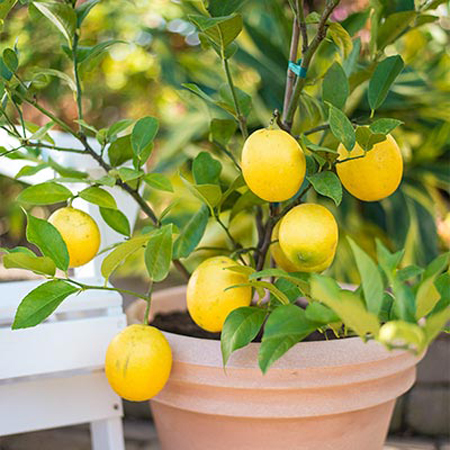
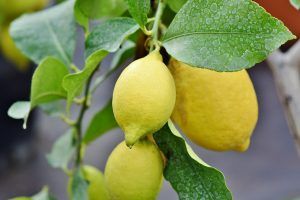 A lemon tree, as a citrus tree that it is, has certain requirements to form, flourish and generate fruit.
A lemon tree, as a citrus tree that it is, has certain requirements to form, flourish and generate fruit.
The irrigation of the lemon tree is part of those essential care to achieve this objective, since it has stages in which the demands are greater.
To achieve a good result on this subject, you have to know the plant very well and give it exactly what it needs at the right time. And how can this be achieved? With the correct information that is just what we give you in today’s post. Ahead.
Important points when watering a lemon tree:
- Irrigation frequency: it is established according to the time of the year, establishing weekly irrigations in summer.
- Irrigation method: drip, preferably.
- Optimum time of day for irrigation: in the morning.
- Identify excess water: yellow leaves, root rot.
- Identify lack of water: dry fruits, flowers that fall, leaves that turn yellow and then brown.
What irrigation needs does a lemon tree have?
The lemon tree needs constant watering that allows its root to be well hydrated to achieve that development that we expect.After that, irrigation will play a leading role in the issue of flowering and fruit production.

Even so that the fruits can be full of juice and with an appropriate size, the irrigation of the lemon tree plays a fundamental role.
How can we detect lack of irrigation in a lemon tree?
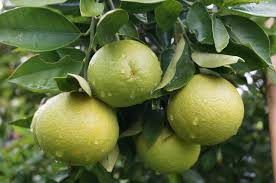 Lemon trees that suffer from water stress are defined by the way their structure is presented.The leaves, at first, tend to turn yellow and then turn a characteristic brown.
Lemon trees that suffer from water stress are defined by the way their structure is presented.The leaves, at first, tend to turn yellow and then turn a characteristic brown.
This condition usually covers the leaves from the ends to the center. If it is in bloom time, it is common for the flowers to drop before they are able to go through the process of becoming fruit.
Finally, the fruits can fall prematurely, remain small or have little juice, which is why it is often said that the lemons came out dry.
How often should we water a lemon tree?
The irrigation of lemon trees must be established according to the time of year, since this will coincide with their production stages.In winter, they will only need 1 or 2 waterings per week since the tree will be in rest time and its water consumption will be very low.
By fall and early spring, waterings will increase a bit, settling on one watering every other day.At the end of spring and throughout the summer, which is the time of productivity, watering will have to be done daily, with the right amount of water.
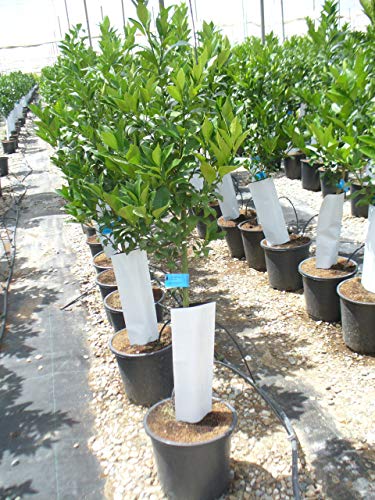
Although daily watering is promoted for the benefit of the tree and production, it must be taken into account that no flooding occurs. Similarly, if there are rains that occupy an appropriate amount of milliliters, it is not necessary to irrigate.
What is the best way to water a lemon tree?
The drip irrigation system represents the best technique to apply timely and localized irrigation directly at the base of the plant.The idea is to organize the water emitters in such a way that they distribute the liquid throughout the circumference where the roots are scattered so that they reach them.
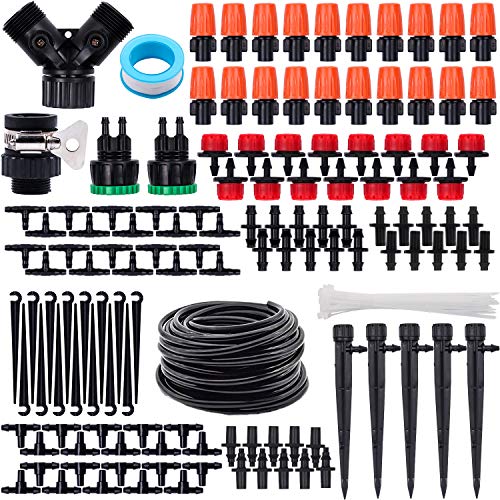
Thanks to the fact that the dripping supplies the water slowly, the ground can slowly suck up the water, reducing the risk of waterlogging. If drip irrigation is not possible, sprinkler irrigation is recommended, but applying it very early in the morning.

In this way, the water that reaches the leaves and fruits is prevented from causing sunburn. What is not recommended is flood irrigation, since it tends to moisten the soil much more than the lemon tree is capable of withstanding.
How do we detect excess water in a lemon tree?
The excess of water in the lemon tree is more or less easy to detect because the leaves usually turn yellow quickly.This condition can lead to root rot, which will end the life of the plant sooner or later.
At ground level, you will notice that the ground looks muddy and small pools of water may sometimes emerge.Take that into account to prevent major problems. Associated with the above, you have to be careful with the type of water you use because the lemon tree is especially susceptible to the use of water rich in salt.
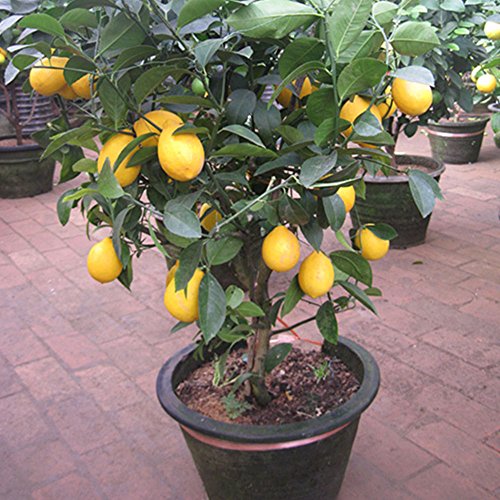
For this reason, it is worth submitting it to a filtration process that allows the excess to be eliminated (if any) or to store rainwater to use it later.
Bibliographic references
- Current status of irrigation scheduling in lemon trees by means of water status measurements, F Moreno, MF Ortuño, Y García-Orellana … – Engineering of the …, 2007 – iwaponline.com
- Research on irrigation scheduling in lemon and olive trees through direct and continuous measurements of water status, F Moreno, MF Ortuño, Y García Orellana … – 2007 – idus.us.es
- Foundations for the irrigation programming of the lemon tree by means of measurements of the variations of the diameter of the trunk, YG Orellana – 2007 – dialnet.unirioja.es
- Response of the ‘Fino 49’ lemon tree to deficit irrigation. Effects on growth, production and fruit quality, JM Robles, JG Pérez-Pérez, I García-Oller, E Arques… – Acta Hort, 2009 – sech.info
- Irrigation recommendations for small lemon orchards in Punitaqui, based on climatic and satellite information, M Burgos, A Salvatierra, C Balboltin – INIA Intihuasi Informative, 2019 – library.inia.cl
Maybe you are also interested in:

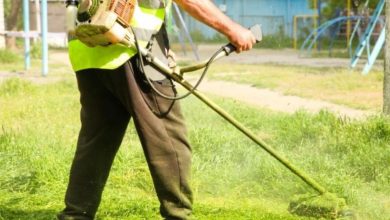
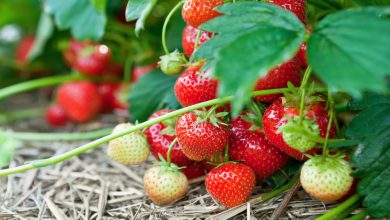
![Photo of Kiwi cuttings: [Grafting, Season, Rooting and Sowing]](https://www.complete-gardening.com/wp-content/uploads/2021/06/Esquejes-de-Kiwi-390x220.jpg)
![Photo of The Pelargonium: [Planting, Care, Irrigation and Substrate]](https://www.complete-gardening.com/wp-content/uploads/2022/08/the-pelargonium-planting-care-irrigation-and-substrate-390x220.jpg)